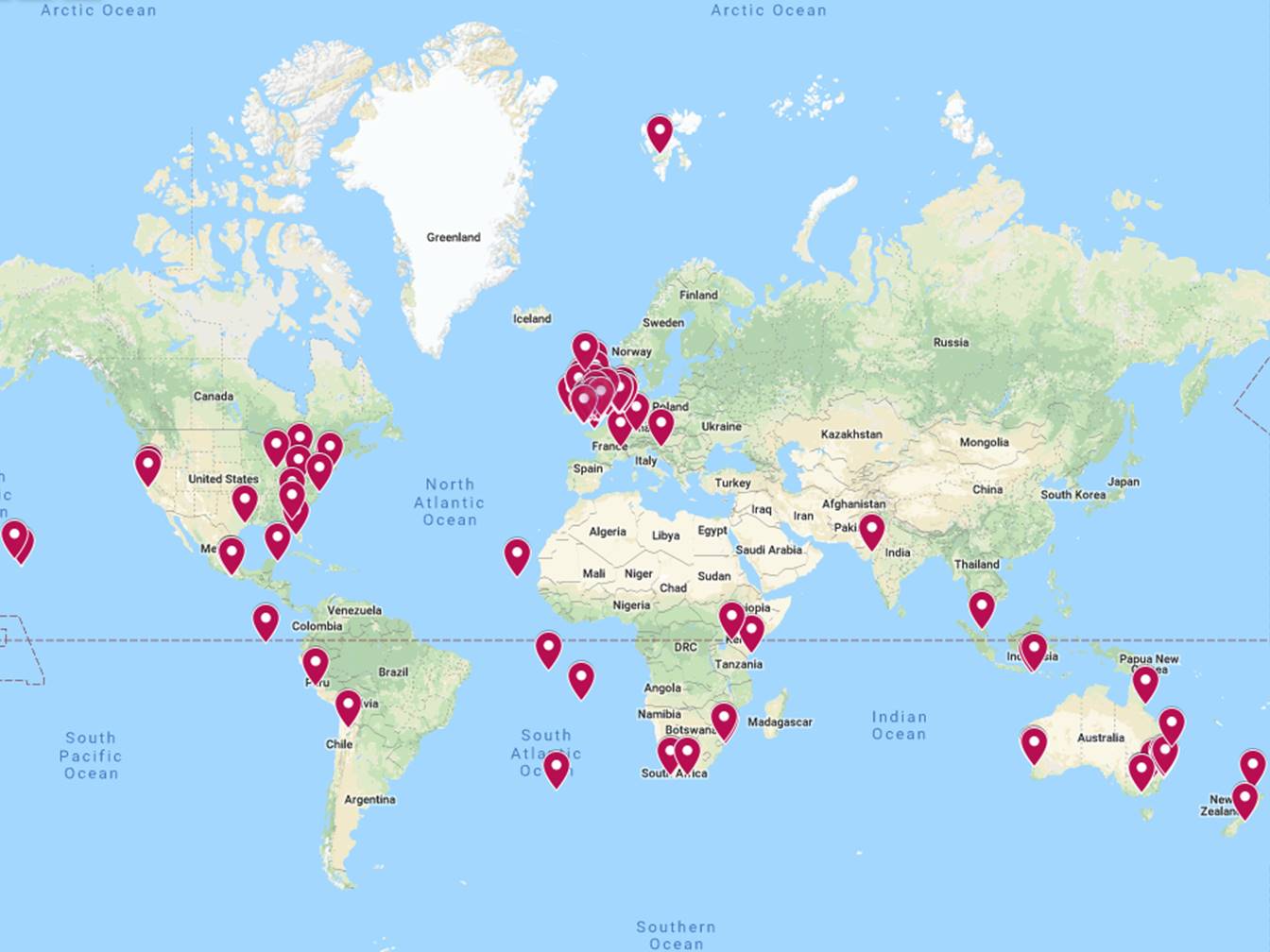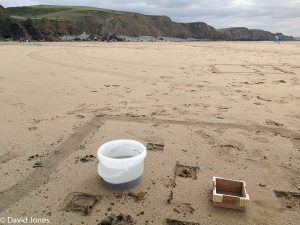 We have uploaded the locations of the registrations for the Big Microplastic Survey onto a map so you can see how the project is spreading around the world. You can find it here: http://microplasticsurvey.org/survey-details . Why not check it out, there maybe someone doing a survey near you. Over time we are going to add images and data so you can see what’s going on.
We have uploaded the locations of the registrations for the Big Microplastic Survey onto a map so you can see how the project is spreading around the world. You can find it here: http://microplasticsurvey.org/survey-details . Why not check it out, there maybe someone doing a survey near you. Over time we are going to add images and data so you can see what’s going on.
Latest News

Caught mid-yawn! This beautiful grouper isn’t sleepy—just showing off one of the many moments that make our ocean so extraordinary.
Healthy reefs mean healthy groupers, and healthy groupers mean balanced ecosystems. Let’s protect the marine habitats they call home.
#OceanIssues #MarineConservation #Grouper #OceanLife
2 months ago
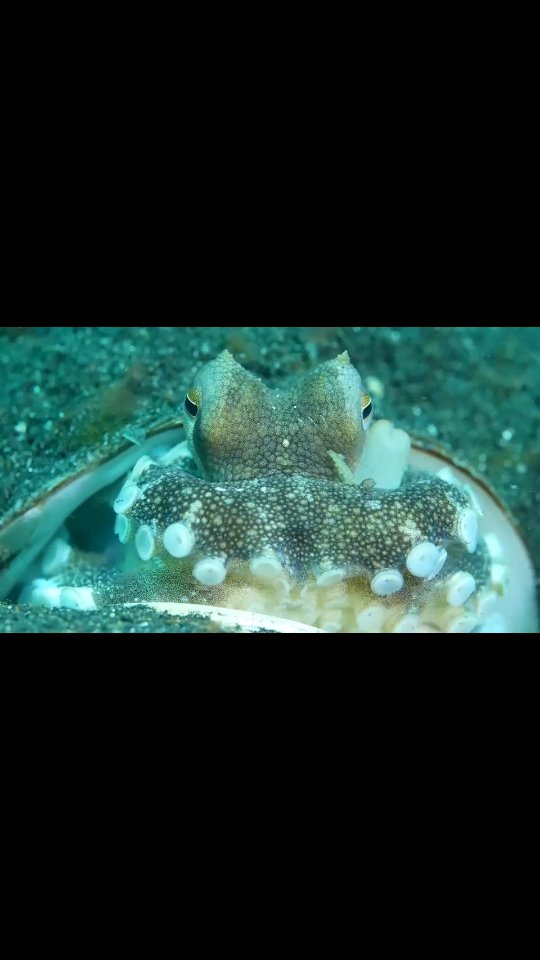
Happy World Octopus Day to cephalopod lovers everywhere! 🐙
Here’s to the clever, curious, color-changing creatures of the deep — may we always have a spot in an octopus’s garden. 🎶 We recommend the sound to be ON.
#WorldOctopusDay #OctopusGarden #CephalopodLove #OceanVibes
3 months ago
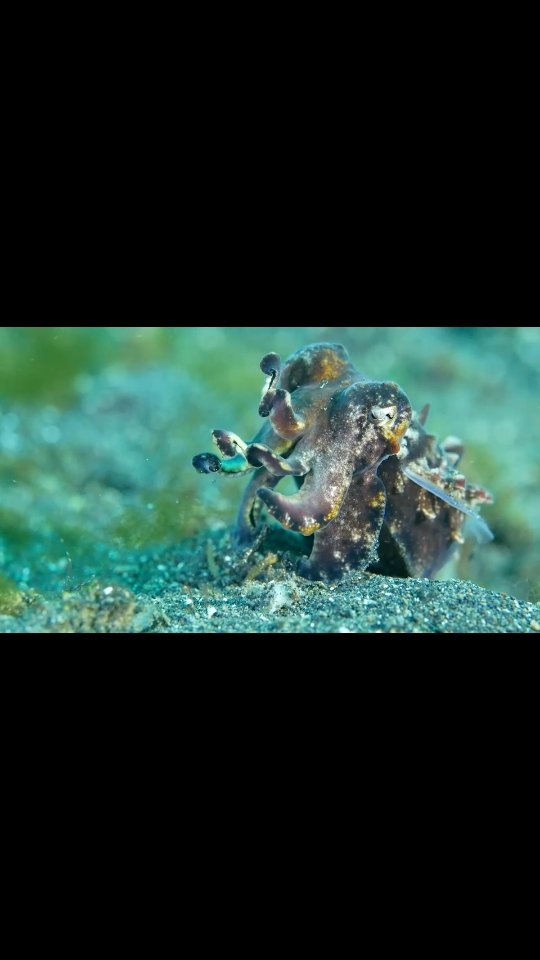
Bizarre and beautiful ocean creatures! Meet the Flamboyant Cuttlefish — found in the tropical waters of Indonesia, this tiny cuttlefish (usually no bigger than a hand) is famous for its color displays.
Unlike most cuttlefish, it walks on the seafloor instead of swimming — and those amazing colors aren’t just for show, they’re a warning: this is the only known poisonous cuttlefish in the world.
Strange, and spectacular; the ocean is full of surprises!
#OceanIssues #MarineCreatures #WildOceans #UnderwaterBeauty #Cuttlefish #Cephalopod
3 months ago

The world has lost a tireless conservationist and advocate for our natural world.
3 months ago
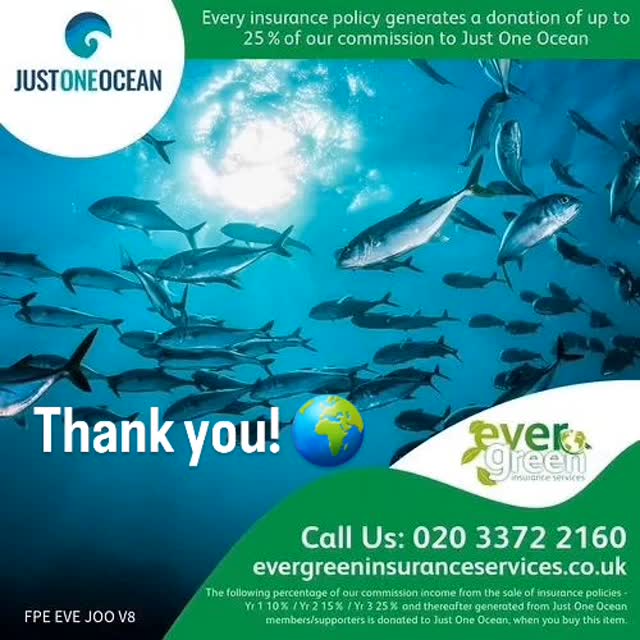
Support like this is essential for us to be able to do our work. Thank you @evergreeninsuranceservices ❤️
5 months ago
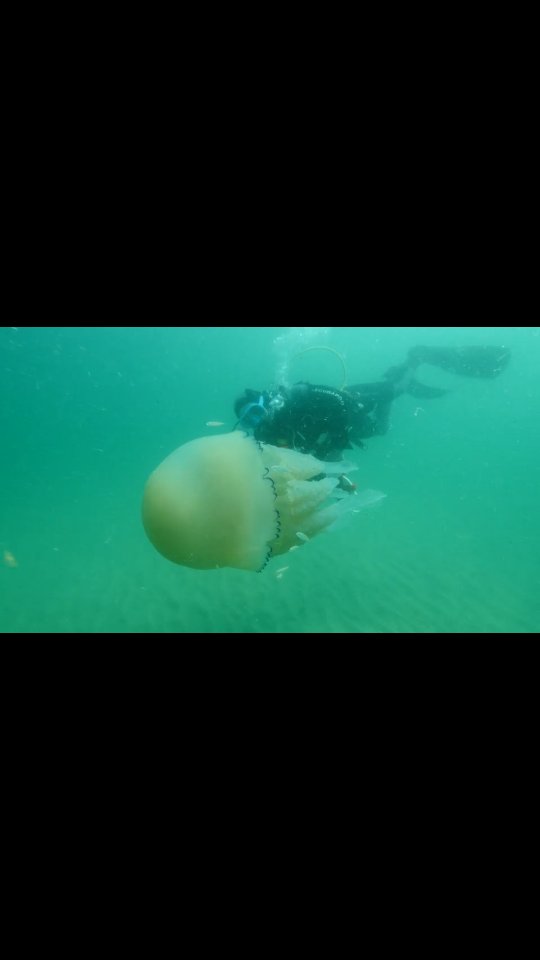
🪼 Gentle Giant off Cornwall!
Spotted this barrel jellyfish (Rhizostoma pulmo) drifting along the coast. They’re common in warmer waters but can be seen in UK seas, especially in summer when plankton blooms attract them.
Warmer oceans may be making sightings more frequent — a reminder that protecting our seas from pollution and climate change keeps marine life in balance.
Harmless to humans, vital for the ocean 🌊
#BarrelJellyfish #CornwallWildlife #MarineConservation #OceanIssues
5 months ago

Sustainable outfits in paper packaging and no delivery costs?
Yes please! Shipping is on the house on all UK orders, all weekend. This offer starts now and ends midnight Sunday and you don't need any special codes, the free shipping option will appear when you check out.
Justoneoceanstore.org
#oceanissues #sustainability #circular @teemill
5 months ago

Happy World Mangrove Day! 🌱
Mangrove forests — silent protectors of our coasts and oceans.
They protect shorelines from storms and erosion.
They store up to 5 times more carbon than tropical forests, helping to combat climate change.
They are nurseries for fish, crabs, and countless marine species, supporting ocean biodiversity and coastal communities.
They provide food, fuel, and sustainable livelihoods for many coastal communities around the world.
Sadly, mangroves are under threat due to deforestation, pollution, and urban development. Mangroves need protection and restoration. The health of our oceans — and our planet — depends on them.
#WorldMangroveDay #MangroveConservation #CarbonSink #OceanIssues #BluePlanet
6 months ago

Entangled manta in panic. This is hard to watch but thankfully it has a happy ending ❤️
6 months ago

